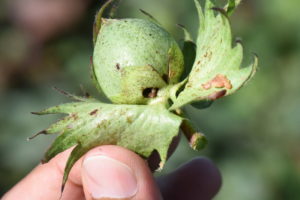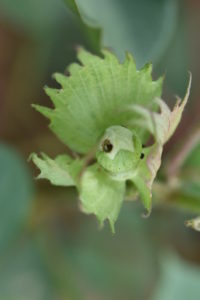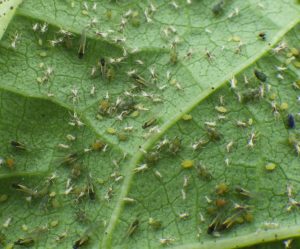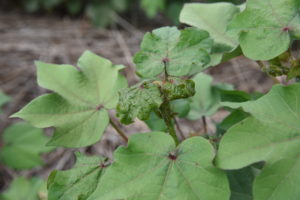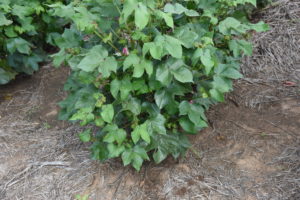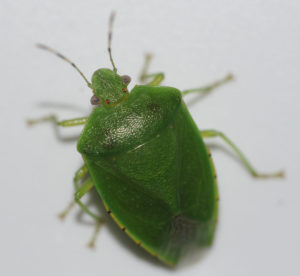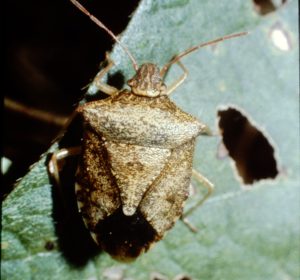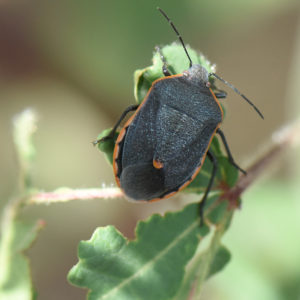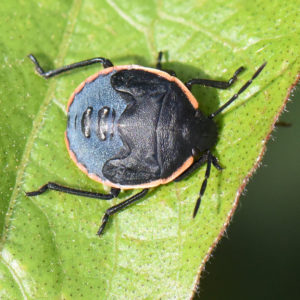Mid-Season and Late-Season Pests
Bollworm and Tobacco Budworm
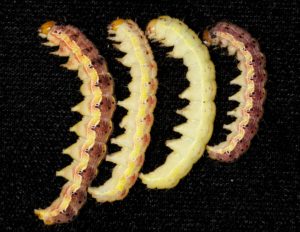
Figure 21. Cotton bollworm larval colors. Photo by Pat Porter.
Bollworm and tobacco budworm larvae look very much alike and cause similar damage. Full-grown larvae are about 1½ inches long and vary in color from pale green, pink, or brownish to black, with longitudinal stripes along the back (Fig. 21).
Bollworm and tobacco budworm moths are attracted to and lay eggs in cotton with lush new growth (Figs. 22 and 23). Moths usually lay single eggs on the tops or undersides of young, tender, terminal leaves in the upper third of the plant. However, in transgenic Bt cotton, moths frequently lay eggs on blooms, drying petals of blooms (bloom tags), or other tissues deeper in the canopy. Larvae survive better because these Bt cotton tissues have lower concentrations of Bt protein toxins.
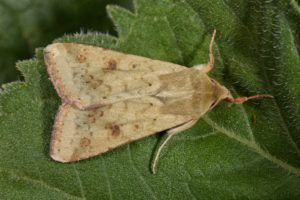
Figure 22. Cotton bollworm moth. Photo by Pat Porter.
Tobacco budworm and bollworm eggs are pearly white to cream color and about half the size of a pinhead (Fig. 24). They can be confused with looper eggs (which are flatter), can have a blue greenish-white tint, and are usually laid singly on the undersides of leaves.
Bollworm and budworm eggs hatch in 3 to 4 days, turning light brown before hatching. Young worms usually feed for a day or two on tender leaves, leaf buds, and small squares in the plant terminal before
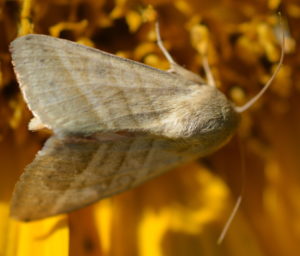
Figure 23. Tobacco budworm moth. Photo by Apurba Barman.
moving down the plant to attack larger squares and bolls (Figs. 25 and 26). Small worms are most vulnerable to insecticides when they are in the upper third of the plant.
Moths sometimes deposit eggs on squares, bolls, stems, and lower parts of the plant when cotton plants are stressed and making little new growth, or during periods of high temperature and low humidity. Detecting eggs and controlling small worms is more difficult when the eggs are deposited in the lower plant canopy.
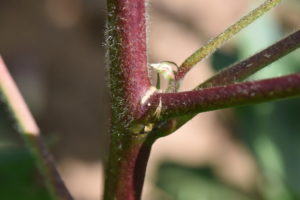
Figure 24. Cotton bollworm egg. Photo by Suhas Vyavhare.
Budworms are typically less numerous than bollworms, and, in recent years, have rarely reached damaging levels. With the increased adoption of transgenic Bt cotton, insecticide sprays for bollworm and tobacco budworm control have become much less common in Texas, particularly in West Texas.
Scouting and Decision Making
In Bt cotton, search the entire plant for tobacco budworm and
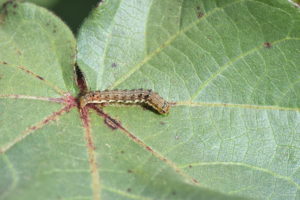
Figure 25. Cotton bollworm. Photo by Suhas Vyavhare
bollworm larvae and injury. A proper sample includes squares, white blooms, pink blooms, bloom tags, and bolls. Reduce the scouting intervals to 3 to 4 days during periods of increasing bollworm egg- laying, especially during peak bloom. The presence of eggs alone should not trigger treatment since hatching larvae must first feed on the cotton plant to receive a toxic dose.
Terminal and Square Inspection Method
-
- Divide the cotton field into four or more manageable sections, depending on the field
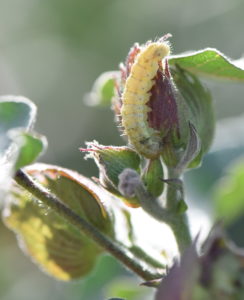
Figure 26. Cotton bollworm. Photo by Suhas Vyavhare.
- Examine 25 plant terminals (upper third of the plant), selected at random from each quadrant, for small larvae and Also, from each quadrant, examine 25 half-grown and larger green squares as well as small, medium, and large bolls for bollworms and bollworm damage.
- Keep track of the number of undamaged and damaged squares and bolls (Figs. 27 and 28). Select fruit at random and do not include flared or yellow squares in the sample.
- Pay attention to bloom tags and petals stuck to small bolls; they will often hide larvae that burrow into the tip of the
Whole Plant Inspection Method
- Divide the cotton field into four or more manageable sections, depending on the field
- Make whole-plant inspections of five randomly chosen groups of three adjacent cotton plants in each Look in every square, bloom, and boll.
- Thoroughly inspect dried blooms or bloom tags attached to small
- Count the number of undamaged and damaged fruit and calculate the percentage of damaged
Aphids
In Texas, three species of aphids feed on cotton plants as secondary pests: the cotton aphid, the cowpea aphid, and the green peach aphid (Figs. 29, 30, and 31). Cotton aphids are the primary aphid species of concern in cotton. Their color varies from light yellow to dark green or almost black. They are not shiny and can occur anytime during the growing season. The cotton aphid and the cowpea aphid are the only species that establish sustainable, reproductive colonies during most of the growing season. Common on seedling plants, the cowpea aphid is shiny black with white patches on its legs. The nymphs of the cowpea aphid are ash-gray. Green peach aphids are light green or pink and can occur on cotton seedlings early in the growing season.
Aphids have piercing-sucking mouthparts and those that infest cotton have two protrusions (cornicles) at the back of the abdomen. Aphid adults can be winged or wingless. The immatures or nymphs look like the adults but are smaller. They are usually found on the undersides of leaves, on stems, in terminals, and sometimes on fruit (Fig. 32). They suck phloem sap and its sugars from the plant, robbing it of energy otherwise used for growth or fruit production.
Heavy and prolonged infestations can cause leaves to curl downward (Fig. 33), older leaves to turn yellow and shed, squares and small bolls to drop off, and smaller bolls to develop, resulting in incomplete fiber development.
Late in the season, honeydew excreted by aphids can drop on fibers in open bolls. A black, sooty fungus sometimes develops on honeydew deposits during wet periods. The honeydew-contaminated lint from such bolls is stained, sticky, and of lower quality, making it difficult to harvest, gin, and spin the fiber (Fig. 34).
Natural controls such as parasites, pathogens, predators, and unfavorable weather can keep aphid populations below damaging levels. But, cotton aphid populations can increase when treatments with nonselective insecticides for other pests destroy their natural enemies.
Scouting and Decision Making
Scout fields infested with cotton aphids twice a week since aphid numbers can increase rapidly (Fig. 35). From plants across the field, sample 60 leaves divided among the top, middle, and lower portion of a plant to determine actual infestation levels.
Stink Bugs
Several stink bug species feed on bolls in Texas cotton fields. In South and East Texas, the primary stink bug species is the southern green stink bug, followed by the green stink bug, and brown stink bug (Figs. 36, 37, and 38). They are strong flyers and can move into cotton from corn, grain sorghum, soybeans, and various alternate hosts. In West Texas and the Winter Garden region in South Texas, the conchuela stink bug is the most prominent species (Figs. 39 and 40). Its populations develop on mesquite and then move to cotton and grain sorghum.
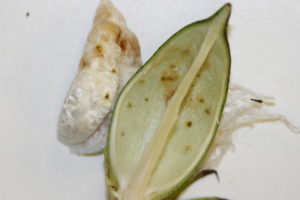
Figure 41. Boll wall warts. Photo by Michael Toews, University of Georgia
Stink bugs have piercing-sucking mouthparts and damage cotton by piercing the bolls and feeding on the developing seeds. Stink bug infestations can cause substantial economic losses through reduced yield, loss of fiber quality, and increased control costs.
Although stink bugs favor medium-sized bolls, they can feed on any size boll. Although stink bugs may feed on bolls 25 or more days old, bolls of this maturity are relatively safe from yield loss. Their feeding on young bolls (less than 10 days old) usually causes the bolls to shed. In larger bolls, stink bug feeding often results in dark spots about 1/16 inch in diameter on the outside of bolls. These dark spots do not always correlate well with the internal damage)callus growths or warts (Fig. 41) and stained lint. There may be several spots on the outside of a boll without internal feeding damage being present (Fig. 42).
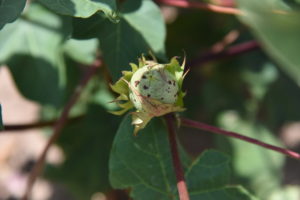
Figure 42. External signs of stink bug feeding. Photo by Suhas Vyavhare.
Damage to the internal boll wall is a good indication that lint and seed are affected. Excessive stink bug feeding causes reduced yield, stained lint, poor color grades, and reduced fiber quality (Fig. 43). In addition to direct damage, stink bug feeding can transmit plant pathogens that cause boll rot.
Scouting and Decision Making
Stink bugs are difficult to scout, especially in tall, vigorous cotton. Adults tend to aggregate, and the distribution of stink bugs within a field may be highly concentrated, particularly along field margins. Use any of the sampling techniques such as visual inspection, drop cloth, and sweep net for scouting. However, recent research by entomologists at the University of Georgia and Clemson University
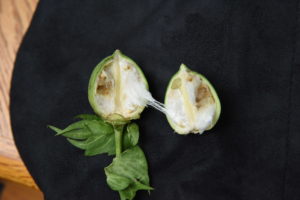
Figure 43. Lint staining caused by stink bug feeding. Photo by Suhas Vyavhare.
suggests that decisions to treat for stink bug infestations are best made based on the percentage of bolls with evidence of internal damage (warts or stained lint associated with feeding punctures). To use this technique:
- Remove about 10 to 20 bolls, one inch in diameter (about the size of a quarter), from each of four parts of the field, avoiding field edges.
- Break open the bolls by hand or cut them with a Look for internal warts on the boll walls and stained lint on the cotton locks.
- Check bolls with visible external lesions first to determine if the internal damage threshold has been met because bolls with external lesions are more likely to also be damaged
Once the cotton has reached 450 DD60 (degree days 60) beyond cutout (five nodes above the white flower), sampling and treating for stink bugs may no longer be necessary since bolls produced after this point will not become fully mature or contribute significantly to the crop yield. However, it is possible that this value may shift slightly due to factors such as boll shading, variety, and water stress.
Verde Plant Bug
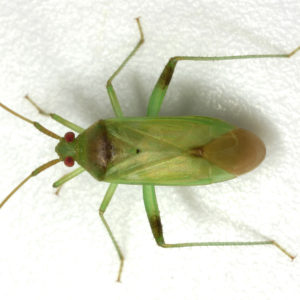
Figure 44. Verde plant bug. Photo by Mike Quinn.
Verde plant bugs are cotton pests primarily in coastal South Texas and Mexico. Adult verde plant bugs are elongate, about 1/2 inch long. They have well-developed wings lying flat on the back, red eyes, prominent antennae that extend out from the body, and red striping in early instars (Fig. 44).
The verde plant bug life cycle (egg, nymph, and adult) and overwintering habit is similar to the cotton fleahopper. It is found on many alternative hosts, including annual seepweed, Chenopodium, pigweeds, and sorghum, commonly seen on maturing heads. Migration to cotton occurs as these wild hosts decline and, depending on cotton planting time, coincides with bloom.
Economic yield decline from the verde plant bug is usually from injury to young bolls during early to mid bloom when mild winters favor egg overwintering and spring populations on wild hosts, and when the environment favors the introduction of cotton boll rot by the insect. The verde plant bug feeds on large squares and bolls up to about an inch in diameter. Feeding injury causes a combination of dropped mature squares and very young bolls as well as internal boll damage, including damage from cotton boll rot. Feeding injuries and plant symptoms associated with boll-rotting organisms look the same as those caused by stink bugs.
Scouting and Decision Making
Scout for verde plant bugs when they are first detected until the last harvestable bolls are more than 20 days old or 450 heat-units (degree days 60) after cutout (five nodes above white flower). Because the verde plant bug is an internal boll feeder, also inspect bolls for internal injury similar to that caused by stink bugs. Use these two measurements to evaluate boll risk.
Use a beat bucket to sample for verde plant bug through late bloom of cotton:
- At each sampling site, bend the upper part of 40 plants into the bucket and shake them.
- Count the dislodged nymphs and adults inside the bucket.
- Adjust the total to a count per 100 plants and compare it to the treatment threshold. If small nymphs dominate the sample, a hatch is in progress and the population may increase rapidly. Consider this result in evaluating risk, adjusting the threshold, or increasing the sampling frequency.
Chemical Control and Action Threshold
Treat for verde plant bugs when, using the beat-bucket method, you find more than 20 to 25 bugs per 100 plants.
Beet Armyworm

Figure 45. Beet armyworm. Photo by David Kerns
Both beet armyworm (Figs. 45 and 46) and yellow-striped armyworm moths lay eggs on leaf surfaces in masses covered by a whitish, velvety material. Young beet armyworms hatch, “web up,” and feed together on leaves. The damaged leaf or leaves (Fig. 47), called hits, turn tan and are distinctive and easily seen when walking through fields)a quick way to determine if the field has a beet armyworm infestation. After a few days, small beet armyworms disperse and become solitary in their feeding habits.
In early-season infestations, the larvae feed on leaves and terminal areas (Fig. 48), skeletonizing leaves rather than chewing large holes in them. Occasionally, they destroy the terminal, causing extensive lateral branch development and delayed maturity. Early-season insecticide applications may be warranted when plants with undamaged terminals approach lower optimal plant stand limits.
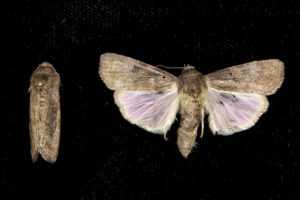
Figure 46. Beet armyworm moth. Photo by Pat Porter
Damaging infestations sometimes develop late in the season. These infestations are more prone to feed on terminals, squares, blooms, and bolls. Several factors can contribute to beet armyworm outbreaks:
- Mild winters (the absence of prolonged freezing temperatures)
- Late planting
- Delayed crop maturity
- Heavy early-season, broad-spectrum insecticide use
- Continued hot, dry weather conditions
- Prebloom presence of beet armyworms
- Conducive weather conditions for long-distance migration
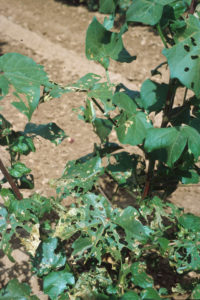
Figure 47. Beet armyworm damage. Photo by David Kerns
Additional characteristics of high-risk fields are:
- Sandy and droughty fields
- Skip-row planting
- Fields with skippy, open canopies
- Drought-stressed plants and fields infested with pigweed
The likelihood of a substantial outbreak increases as more of these factors occur in a given location. Control may be justified when beet armyworms begin to damage the fruit, especially bolls. Beet armyworms longer than ½ inch may be difficult to control, so early detection of populations helps improve control.
Scouting and Decision Making
Conduct general observational scouting to detect armyworm hits on a 5- to 7-day schedule throughout the growing season. Because infestations within a field may be spotty, scout to determine the need for and the area of the field requiring control. It is not uncommon for only a portion of a field to require treatment.
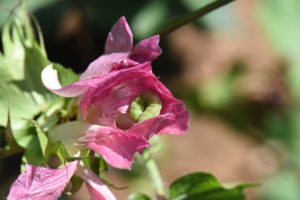
Figure 48. Beet armyworm. Photo by Suhas Vyavhare.
Once you detect armyworm hits, conduct more extensive scouting. Using the whole plant inspection method described on page 13, thor- oughly inspect 10 to 20 plants from three to four locations throughout the field. Carefully scout weedy areas of the field, especially those infested with pigweed, since beet armyworms are strongly attracted to pigweed and may move from pigweed onto cotton. Migration of the worms from pigweeds to cotton is more of a problem in fields treated with a herbicide to kill the pigweed. Bt cotton varieties usually control beet armyworms effectively.

